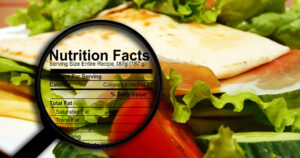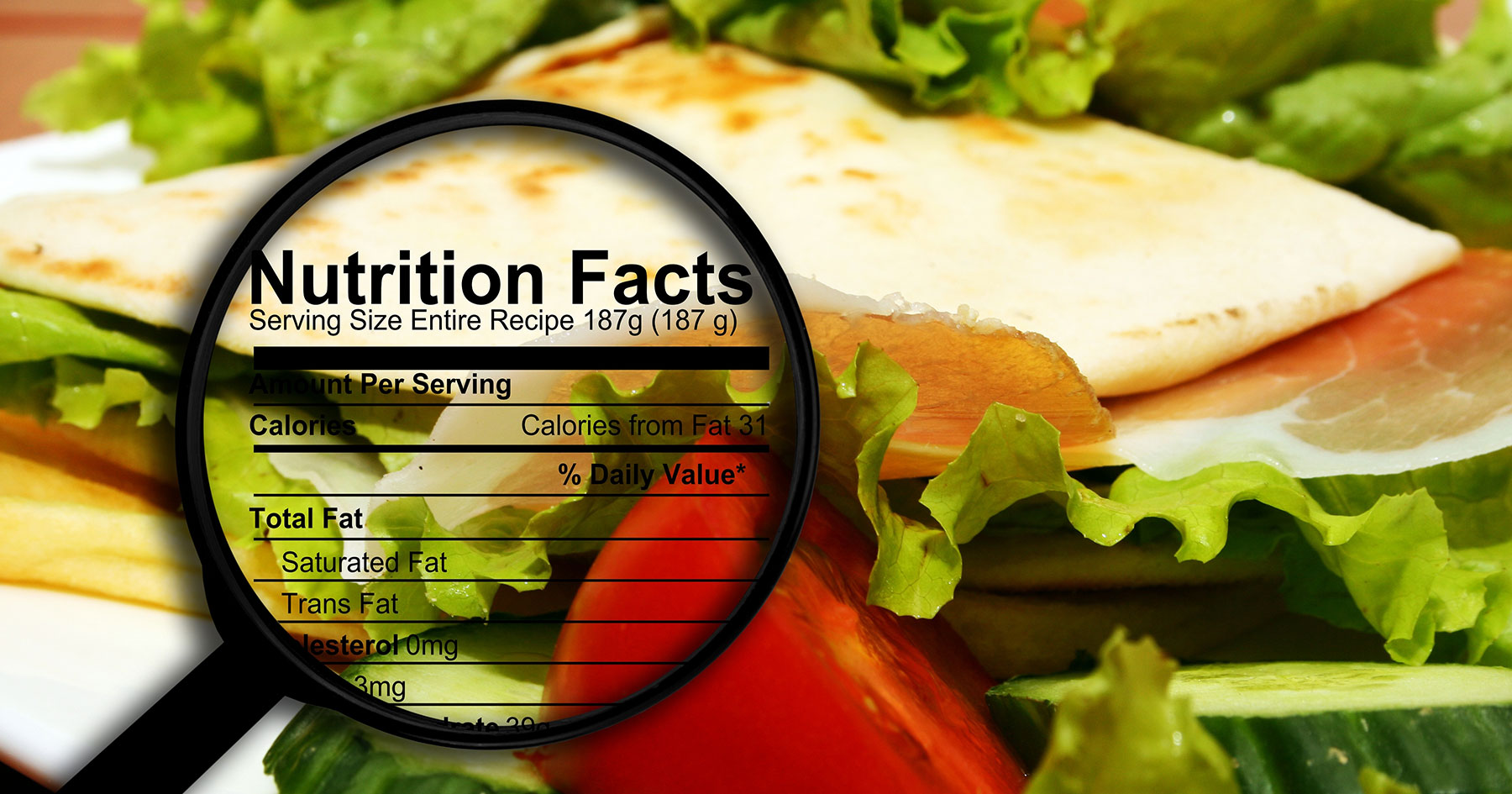
In the quest to ensure food safety, two often overlooked practices—proper food storage and accurate labeling—play a critical role in preventing foodborne illnesses, reducing waste, and preserving the quality of your food. Whether you’re managing a household kitchen or overseeing a commercial food operation, understanding and implementing these simple practices can significantly enhance your food safety efforts.
Why Proper Food Storage Matters
Proper food storage helps maintain the freshness, quality, and safety of your food. Here are some key reasons why this practice is essential:
- Prevention of Foodborne Illnesses
One of the primary reasons for storing food correctly is to prevent the growth of harmful bacteria that can cause foodborne illnesses, such as Salmonella, E. coli, and Listeria. These pathogens thrive in the “danger zone” between 40°F (4°C) and 140°F (60°C). By storing perishable foods at the right temperatures, you minimize the risk of bacterial growth.
- Refrigeration: Ensure that your refrigerator is set at 40°F (4°C) or below. This temperature slows down bacterial growth but doesn’t kill bacteria.
- Freezing: Foods kept at 0°F (-18°C) or lower remain safe indefinitely, as freezing halts bacterial growth.
- Preservation of Food Quality
Proper storage helps maintain the texture, flavor, and nutritional value of food. For example, storing fruits and vegetables in the right conditions can extend their shelf life, keeping them fresh longer and preventing premature spoilage.
- Humidity Control: Some fruits and vegetables, like leafy greens, benefit from higher humidity levels, while others, like onions, should be stored in dry conditions.
- Airtight Containers: Storing dry goods like flour, rice, and cereals in airtight containers helps prevent moisture buildup and keeps out pests like insects.
- Reducing Food Waste
Globally, a significant portion of food waste occurs because food spoils before it’s consumed. Proper storage techniques can extend the life of your food, allowing you to use it before it becomes unsafe or undesirable. By storing food correctly, you can also reduce household or commercial waste, saving money and helping the environment.
The Role of Food Labeling
While storage is key to maintaining food safety, labeling is equally important for tracking and managing food items. Here’s why labeling plays a crucial role:
- Tracking Expiration Dates
Labeling food with its purchase date or expiration date ensures you know when it’s safe to use. This helps prevent consuming food past its prime, which can lead to spoilage or illness. Understanding food labels also helps you prioritize which foods to use first to avoid waste.
- Expiration Dates: These dates indicate the last day the manufacturer guarantees the quality of the food. After this date, the food may still be safe to eat but may not be at its best quality.
- “Best Before” and “Use By” Dates: Foods labeled with these dates should be consumed before the specified date for best taste, texture, and safety.
- Allergen Identification
Clear and accurate labeling is critical for identifying allergens in food. Cross-contact with allergens can have severe consequences for individuals with food allergies. By labeling foods accurately and clearly in both home and commercial settings, you can help prevent allergic reactions.
- Commercial Labeling: It’s especially important in commercial kitchens to label all ingredients and finished products that contain allergens (such as nuts, gluten, or dairy). This ensures staff and customers are aware of any potential allergens.
- Home Labeling: When repackaging foods or storing leftovers, make sure to include clear labels if any allergens are present, particularly if you live with someone who has a food allergy.
- Traceability
In both household and commercial kitchens, labeling is key for food traceability. In case of food recalls or contamination issues, knowing exactly when and where a food item came from can be vital in preventing widespread foodborne illnesses.
- Batch Numbers and Supplier Information: In a food production setting, labeling food with batch numbers and supplier information makes it easier to trace the origin of the food if an issue arises.
- Leftovers and Prepped Meals: Even at home, labeling leftovers or pre-prepared meals with the date they were cooked helps you monitor freshness and ensure safety.
Best Practices for Food Storage and Labeling
Here are some simple steps to help ensure your food is stored and labeled correctly:
For Home Kitchens:
- Use Airtight Containers: Keep perishable and dry goods in airtight containers to maintain freshness and prevent contamination.
- Label Leftovers: Write the date on containers of leftovers to track when they were prepared. Follow the “2-hour rule” for refrigerating food after cooking.
- FIFO Method (First In, First Out): Use older food before newer items to reduce waste. Organize your fridge and pantry accordingly.
- Temperature Control: Regularly check refrigerator and freezer temperatures to ensure they are within safe limits.
For Commercial Kitchens:
- Clearly Mark Allergen Zones: Use clear, bold labels for any foods containing allergens to avoid cross-contact during food preparation.
- Rotation System: Implement a First In, First Out (FIFO) system for all ingredients, ensuring that older stock is used first.
- Date Labels: Label all perishable items with their receiving or preparation date, and discard foods that have exceeded their safety limits.
- Organized Storage: Store raw and ready-to-eat foods separately to avoid cross-contamination.
Conclusion
Proper food storage and labeling are essential practices for ensuring food safety, preserving quality, and minimizing waste. By implementing these practices in both home and commercial kitchens, you can help prevent foodborne illnesses, protect individuals with food allergies, and make the most out of the food you purchase. Keeping food safe doesn’t have to be difficult, but it requires attention to detail and consistency. Through effective storage and accurate labeling, you can contribute to a safer, healthier kitchen environment.


